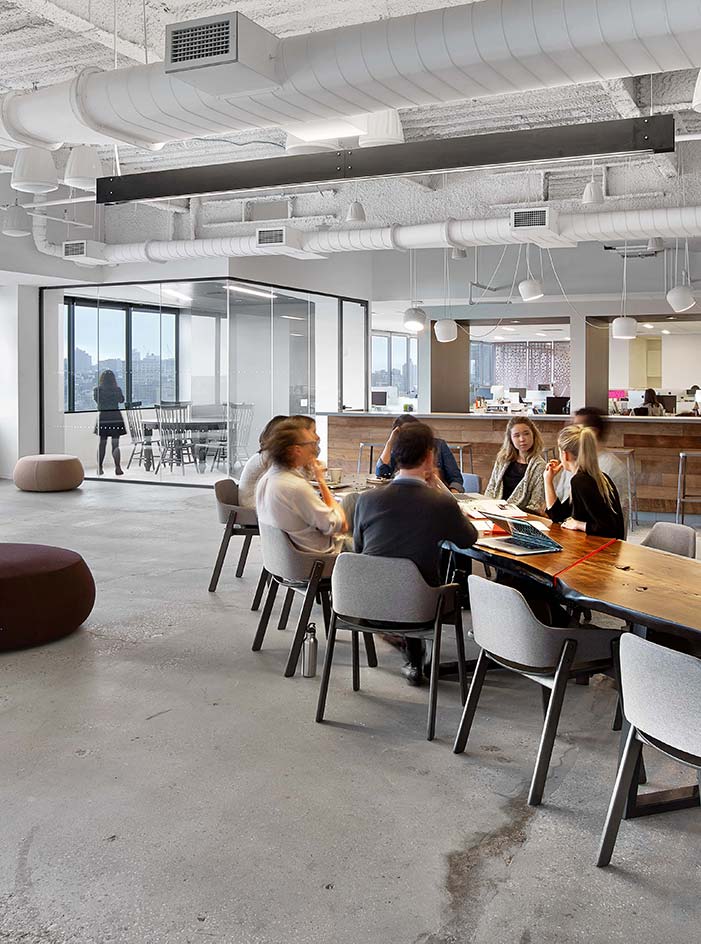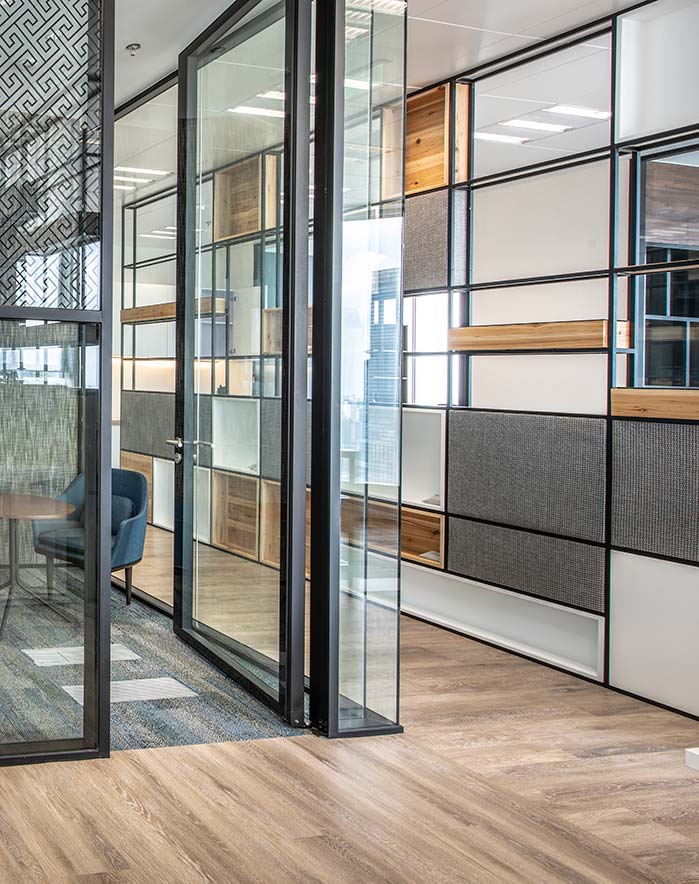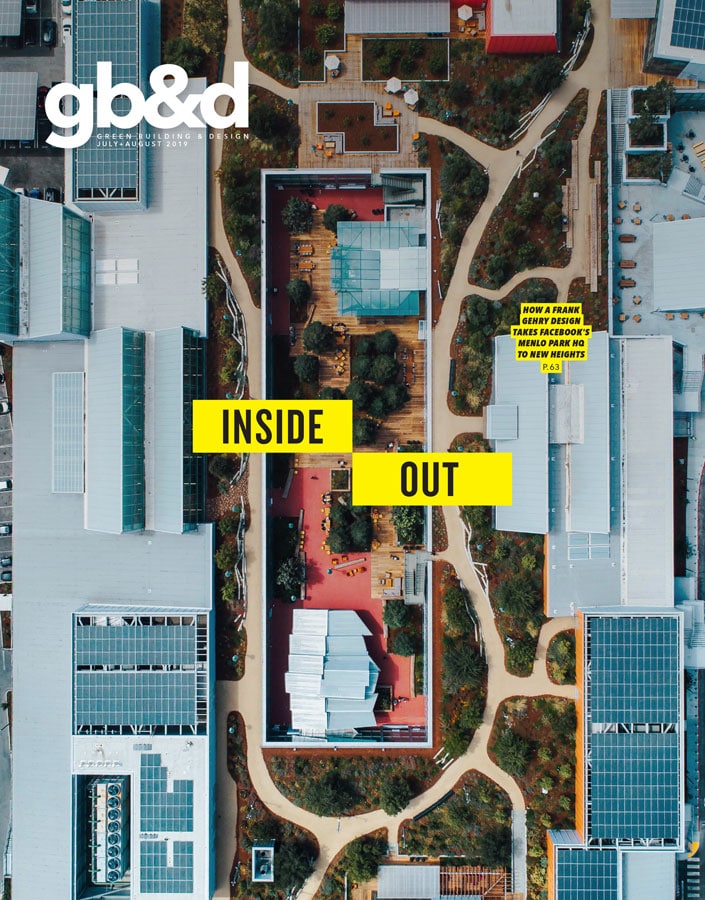Acoustic zoning and interior design details improve the efficiency and productivity of different spaces.

M Moser assisted Saatchi & Saatchi with acoustic separation and full transparency that encourages collaboration and community while allowing people places to go for privacy. [Photo: Courtesy of M Moser Associates]
To learn more, visit M Moser Associates.
 As director of M Moser Associates, Christine Bruckner brings her experience with urban integration, revitalization, and design excellence to guide the development of our built environment at all scales. The 2018 WSLA recipient is an architect actively supporting best practice, sustainability, and wellness in design. Here, she looks at how creating subtle, uplifting experiences for people within a space improve health and well-being as well as productivity.
As director of M Moser Associates, Christine Bruckner brings her experience with urban integration, revitalization, and design excellence to guide the development of our built environment at all scales. The 2018 WSLA recipient is an architect actively supporting best practice, sustainability, and wellness in design. Here, she looks at how creating subtle, uplifting experiences for people within a space improve health and well-being as well as productivity.
Interior architecture, whether commercial or private, must accommodate the needs of all users within a space and take considerate care of their well-being. Following my last column (“How Do Lighting Details Improve Life in Commercial Spaces?” May/June 2019), acoustic criteria is another important factor in creating environments that enable people to live and work at their best.

M Moser assisted Saatchi & Saatchi with acoustic separation and full transparency that encourages collaboration and community while allowing people places to go for privacy. [Photo: Courtesy of M Moser Associates]
The sonic success of activity-based and open-plan workplace layouts, multi-purpose community areas, innovative education spaces, and our own multi-purpose residences relies on a careful process of acoustic zoning. Design adjacencies and details simultaneously support a full spectrum of sound—from quiet, meditative library areas to collaborative hubs buzzing with brainstorming. It’s essential to address a diverse range of acoustic needs for a successful working, learning, or living environment. Sound-absorbing materials, air gap technologies, best practice wall construction, and laminated/insulated glass enclosure solutions are just some examples of how design can reduce noise to protect people from distraction and mental stress.

Elegant design provides acoustic privacy and artistic definition with details like double-glazing, absorptive material integration, spatial and integral layering, and more at the Hyatt Shangai office designed and delivered by M Moser Associates. [Photo: Courtesy of M Moser Associates]
As architects we enhance the efficiency of all activities that take place within a space through a variety of design solutions. Workplaces and residential homes share a common need for a balance of communal and private areas where sound transmission is carefully considered to instill a sense of safety and comfort while enabling connectivity and proximity. However, such acoustic mapping solutions are only fully effective when combined with educating people about how to use the spaces. Empowering people to own their experiences within a given environment can enable seamless transition between sound and silence, creating control of productivity and happiness.
Details of sound in interior architecture have the power to influence our mental well-being, both at work and at home. Considering the average American spends more than 90% of their life indoors, according to the EPA, designing spaces for sound has never been more critical.


